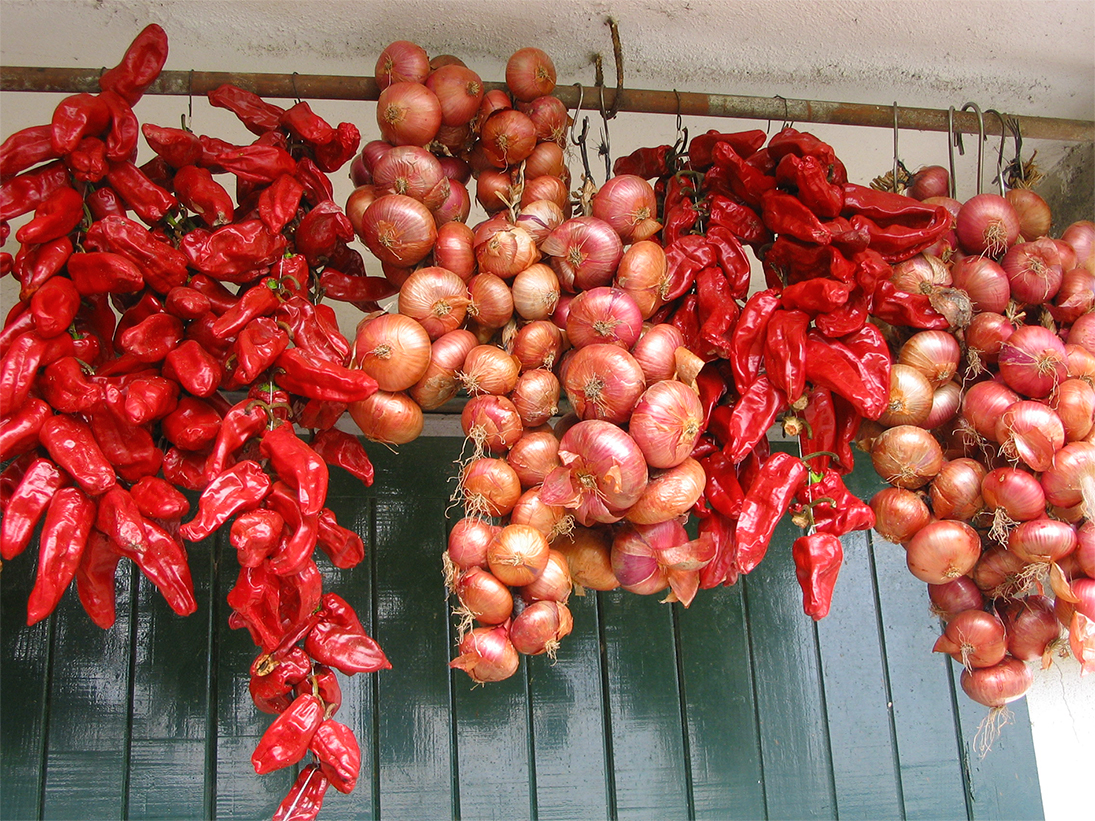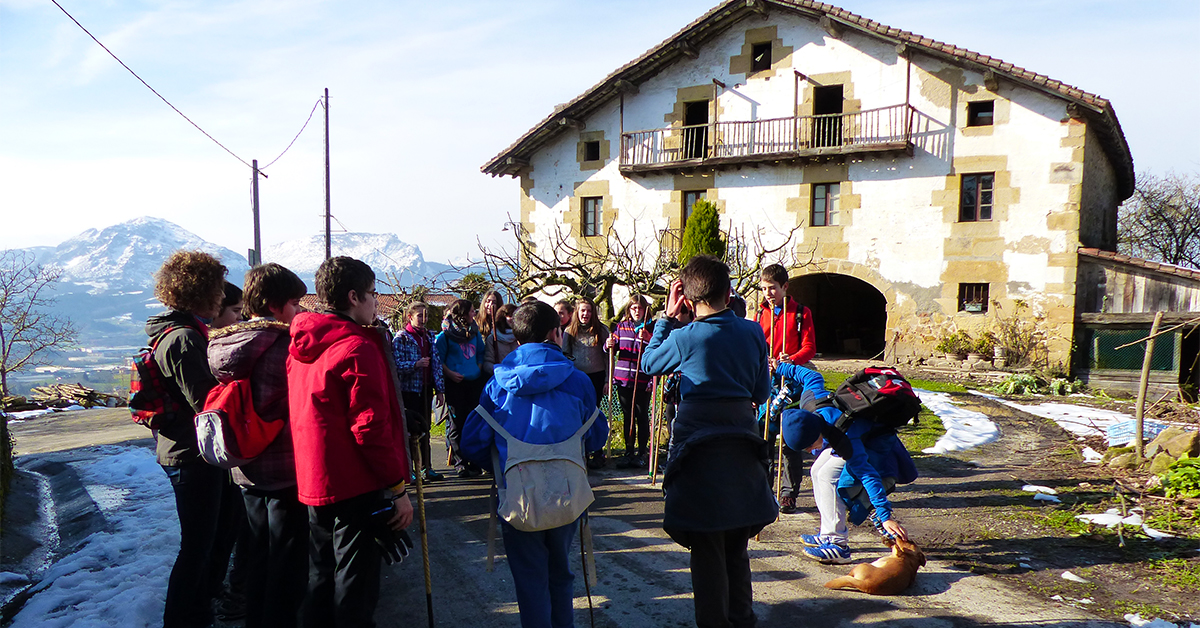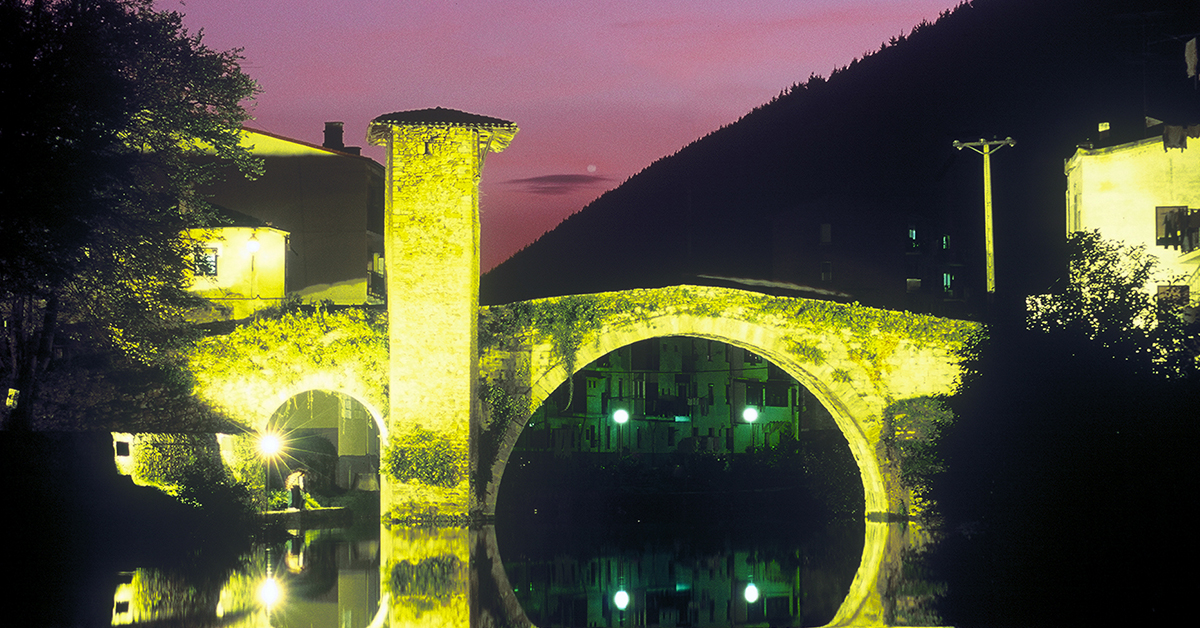Archives
Eguen Zuri —literally, ‘Festive Thursday’— refers to the Thursday before Shrove Sunday, in other words, the Thursday after the so-called Basaratoste. These two celebrations mark the beginning of the carnival cycle in Bizkaia.
The mentioned ritual outing to the woods known as Basaratoste [See a previous post titled Txitxiburruntzi, Sasikoipetsu, Basaratuste, Kanporamartxo. Gearing up for carnival], among other denominations, would be widely welcomed across large areas of Bizkaia. The feast of Eguen Zuri, is limited to the surroundings of Durango, Mount Oiz and Arrankudiaga. According to Resurrección M.ª de Azkue, north of Mount Oiz the observance vanished by the beginning of the 20th century. In and around Durango, however, it experienced different realities: some localities have maintained it without interruption until the present day, a handful of them lost it forever, and others recovered it with restored fervour in the 1980s after some years of oblivion. (more…)
The Memorial literario, instructivo y curioso de la Corte de Madrid [Instructive and curious literary memorial of the Court of Madrid] was a magazine (fortnightly at first and monthly later) published from January 1784 to December 1790, when the government suppressed it, same as almost all other main Spanish press publications, in order to prevent the flourishing French Revolution from spreading to the south of the Pyrenees.
The chronicle “Una fiesta de toros [A Bullfight]” which appeared in the October 1785 issue, and which reported on bullfights taking place “on the 3rd, 7th, 17th and 24th of the month in the Ring located outside the Door of Alcalá” (Madrid’s main bullring since 1749 until its demolition in 1874) includes this passage, concerning the 24 October fight:
(more…)
Due to the effects of the current pandemic, we are obliged to change our social practices, suspension or postponement of a vast majority of events having been announced. That does not, however, impair the popularity of the feast of James the apostle, customarily celebrated in villages throughout Bizkaia. Particularly worthy of mention among the numerous cultural and artistic manifestations for their choreographic aspect are the Ezpata-dantza, or sword dance, and the Aurresku soloist dance performed in Garai, as well as the time-honoured procession of the image of the saint, represented as the Moor-slayer. (more…)

Strings of red peppers and onions. Akaitze Kamiruaga. Labayru Fundazioa Photographic Archive.
As Miguel de Unamuno said, natives of Bilbao are genuinely referred to as bilbainos and bilbainas, rather than by their quadrisyllabic counterparts. Indeed, placing the accent marks on bilbaínos and bilbaínas requires an immense effort for a Bilbao born and bred, because it contradicts the way we pronounce them, the two consecutive vowels they contain remaining bound in the same syllable. The voice of local citizens is probably the best source of evidence for the correct spelling and pronunciation of words that identify them. So the absence of hiatus is therefore more than justified. (more…)





